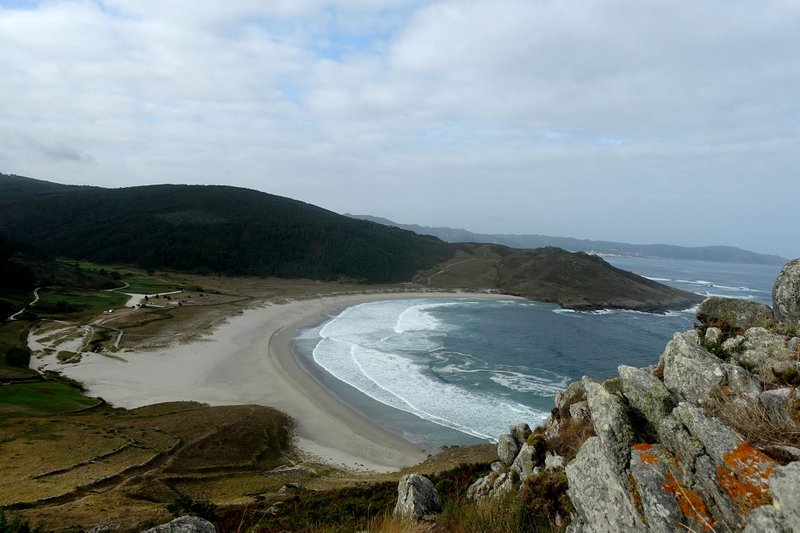For more than a millennium, the Camino de Santiago (the Way of St. James) has attracted pilgrims, many seeking self-reflection and spiritual insight as they journey hundreds of miles to Santiago de Compostela in Galicia, Spain (santiagoturismo.com/camino-de-santiago).
While they follow myriad routes of varying lengths — the Camino is really a network of caminos, or paths — most pilgrims have the same destination: Santiago's grand Romanesque cathedral, where the apostle James is believed to be buried. Increasingly popular, this epic pilgrimage attracted more than 320,000 people in 2018, with most of them tackling all or part of the almost 500-mile French Way (Camino Frances).
But despite its popularity, the Camino Frances isn't uniformly picturesque. Most of the age-old trail meanders through unremarkable farmland or beside busy paved roads or even heavily trafficked highways. Souvenir stands and other pilgrim-related commercial activities pepper the route. Iconic landmarks, including Santiago's cathedral, teem with tourists.
There's no lack of camaraderie — but that's not necessarily conducive to spiritual reflection. If you would rather not be elbow-to-elbow with fellow pilgrims, you'll find thinner crowds in the offseason (especially winter).
Although it isn't a 1,000-plus-year-old pilgrim route, the 125-mile Camino dos Faros (Lighthouse Way) in Galicia provides more opportunity for mindful meditation (caminodosfaros.com). On most days, you'll meet few, if any, fellow hikers, allowing you to be attentive to the gentle sounds around you: breezes whipping through pine boughs, birds chattering, tides crashing on the rocky shore and the rhythmic tap-tap-tap of your walking sticks.
This contemporary camino was developed by a group of Galicians in 2013 to showcase the natural beauty of the Costa da Morte (Death Coast), so named for the copious shipwrecks that happened offshore.
The route follows a mix of slim goat and sheep paths, dirt tracks left by farmers, forest and beachside trails, and the occasional quiet asphalt road.
The rugged Costa da Morte remains delightfully undeveloped, with a string of lighthouses, such as Cabo Vilan, crowning windswept promontories that jut into the tumultuous seas.
Serenely skirting barren cliffs, this camino wanders into dense forests redolent with pine and eucalyptus, and rolls across an undulating boulder-strewn landscape coated with dazzling wildflowers.
There are numerous opportunities to spy white egrets, common kingfishers and other species, and visit desolate sandy stretches washed by tumbling waves.
Spend the night in Camelle, one of many sleepy seaside villages, and dine at Cafe Bar Paella — where you'll mingle with Galician-speaking fishermen, one of whom might have caught your dinner.
As you draw closer to the town of Finisterre ("Land's End"), the route briefly overlaps with the Camino de Santiago. Many pilgrims you encounter will wonder why you chose such a little-known camino, rather than the Camino. You'll smile, treasuring every moment of this route's humble tranquility.
Travel on 06/23/2019
